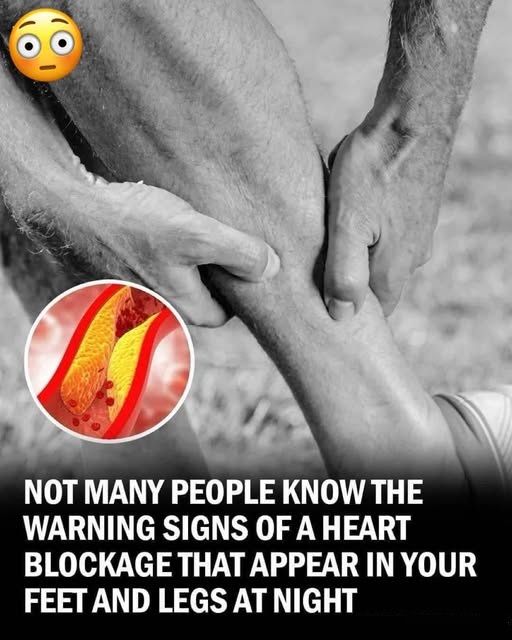When you think about heart health, your feet might not be the first thing that comes to mind, but they can actually provide important insights into your cardiovascular system. Experiencing symptoms such as pain, numbness, or swelling in your feet could be an indication of serious heart health issues, including clogged arteries. Conditions like peripheral artery disease (PAD) and coronary artery disease (CAD) often manifest symptoms in your feet, highlighting reduced blood flow due to plaque buildup in the arteries.

Understanding Peripheral Artery Disease (PAD)
Peripheral artery disease is a condition that arises from plaque accumulation in the arteries, which leads to clogged arteries and restricted blood flow to extremities such as the legs and feet. According to the Cleveland Clinic, PAD can result in pain, cramping, and even limb loss if it is not treated. If you regularly experience leg cramps or difficulty standing for prolonged periods, it may signal PAD affecting your heart health and causing clogged arteries.
Testing for Clogged Arteries
Detecting PAD early can help prevent severe complications. Physicians have various methods to identify clogged arteries, such as measuring your foot pulse or conducting an ankle-brachial index (ABI) test. This test checks for blockages by comparing the blood pressure in your ankle to that in your arm. If you notice swelling in your feet or have a family history of heart disease, it is vital to seek medical advice about heart health and clogged arteries.
The Impact of Poor Circulation
Poor circulation due to clogged arteries can cause pain, numbness, and delayed wound healing in the feet. Plaque buildup in arteries deprives tissues of oxygen, worsening conditions like PAD. Additionally, weakened heart function may lead to peripheral edema, causing swollen legs and feet. Individuals with diabetes face increased risk, since high blood sugar levels can intensify foot pain and numbness. Managing blood sugar and monitoring your foot health are crucial to maintaining your heart health and reducing clogged arteries.
Preventive Measures for PAD and CAD
Preventing PAD and CAD involves adopting a heart-healthy lifestyle to lower the risk of clogged arteries. Regular exercise, a balanced diet low in saturated fats, and refraining from smoking are vital steps. The U.S. Department of Health and Human Services recommends at least 150 minutes of moderate exercise each week. Collaborating with your doctor to manage blood pressure, cholesterol, and blood sugar levels can also safeguard your heart health and prevent clogged arteries.
Maintaining Heart Health for Healthy Feet

The connection between heart health and foot health is mutually beneficial. A healthy heart ensures proper blood flow to your feet, while staying active and consuming a nutritious diet supports both your heart and feet. Preventing clogged arteries can help keep your feet pain-free and fully functional. Regular doctor visits can aid in diagnosing and managing any underlying conditions affecting your cardiovascular and foot health.
Conclusion
Your feet offer important clues about your heart health and potential clogged arteries. Pay close attention to indicators such as pain, swelling, or numbness, as they could signify serious heart issues. By being aware of these signs and taking preventive measures, you can protect both your heart and overall health. If you detect any issues related to your feet, consult your doctor. Early intervention is key to avoiding complications and maintaining a healthy, active lifestyle.




